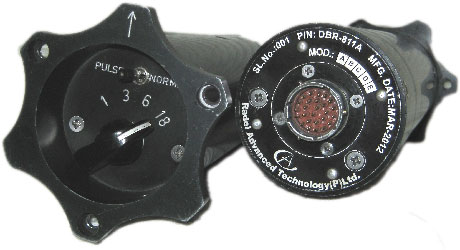
Distributor for Jaguar aircraft
Radel has developed a fully solid-state version of the Distributor of the Matra Rocket Pod used on fighter aircraft of the IAF. This is a Form, Fit and Function equivalent of an electro-mechanical Distributor used by the OEM. The Distributor controls the firing of multiple rockets in the pod either in single or salvo selections. The unit is capable of accepting trigger signals from a weapons computer of the aircraft. This unit has successfully undergone qualification tests and certified by CEMILAC for airborne use.
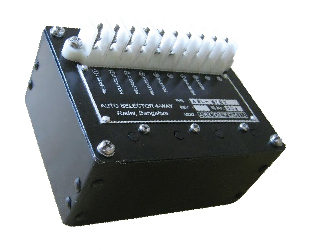
Auto Selector-4-way of CBLS Pod
This is a fully solid-state version of the relay based OEM unit used on Practice Bomb carriers used on fighter aircraft of the IAF and controls the individual release of 4 bombs through firing of the ERUs. The operation of the unit has been successfully qualified and certified by CEMILAC for airborne use.
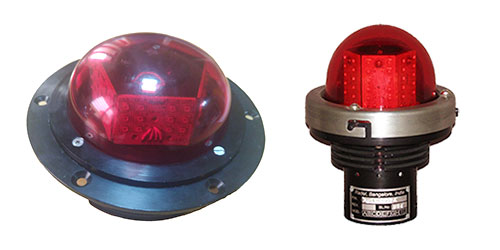
Anti Collision Lights
Radel designed and qualified an LED based fully solid state Anti-Collision Light for the AN-32 aircraft of the IAF as a form, fit function replacement for the OEM incandescent bulb motorised unit. These have been bulk manufactured and supplied to the IAF. A modified version of the same has been qualified and certified for the Jaguar aircraft.
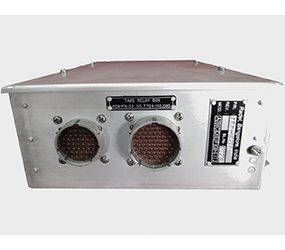
TAWS (Terrain Avoidance Warning System) Relay box
Designed, successfully qualified and manufactured for the AN-32 aircraft of IAF.
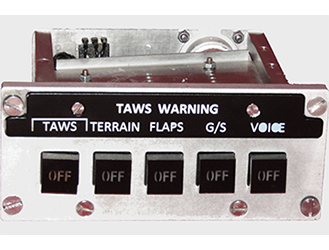
TAWS (Terrain Avoidance Warning System) warning panel
Designed, manufactured and successfully qualified for the AN-32 aircraft of IAF.
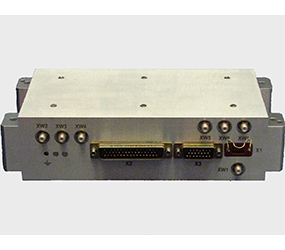
Frequency synthesiser 2GHz
Designed, manufactured and successfully qualified for the MiG-29 aircraft of IAF.
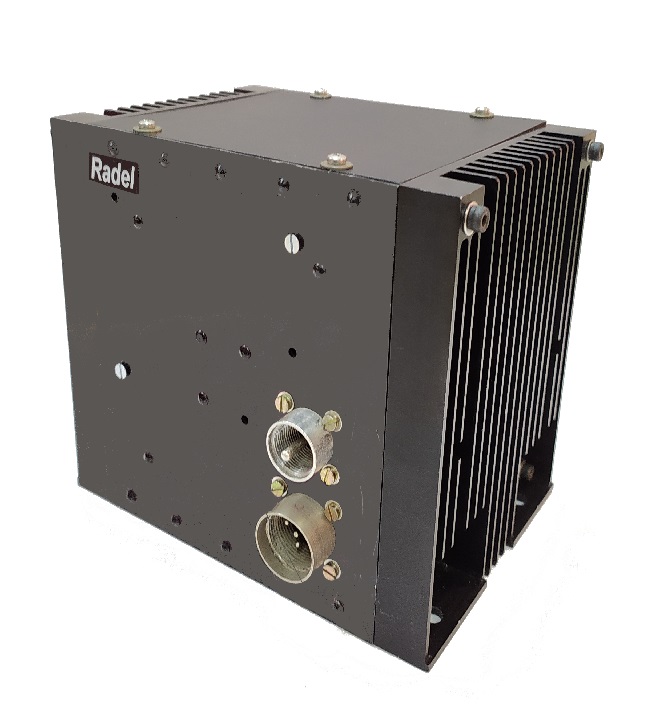
Static Invertor 3 Phase 400 Hz, 200VA
Radel has developed a sinewave Static Invertor for the Kiran aircraft of HAL. The LRU is fully qualified. It can be used on any other airborne platform.
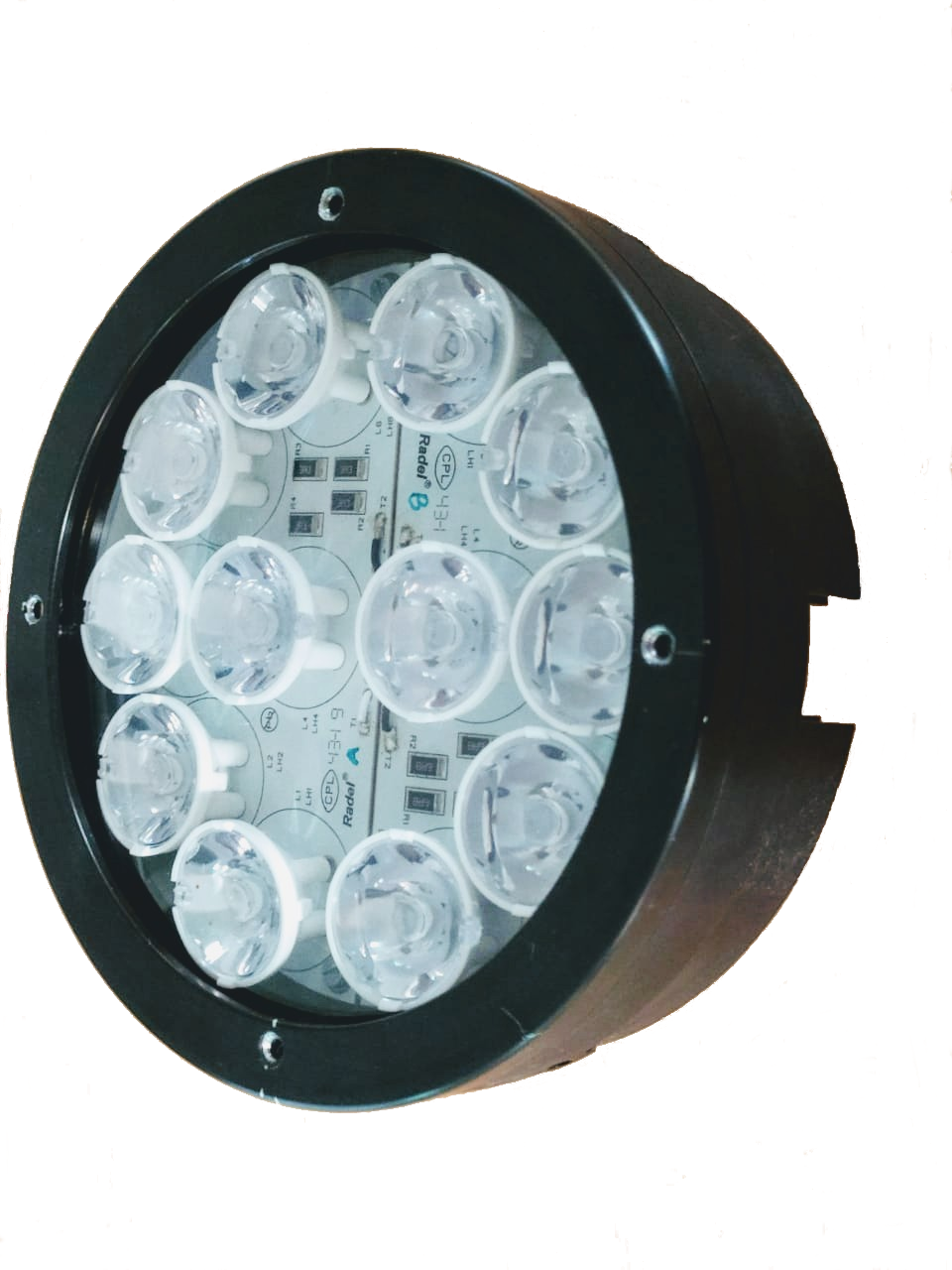
Landing/Taxi Light (LED)
Radel has developed an LED based Landing cum Taxi light as a replacement for the OEM incandescent bulb based 250W unit. The unit consumes only about 70W with the same intensity as the original light. The unit is fully qualified and certified.
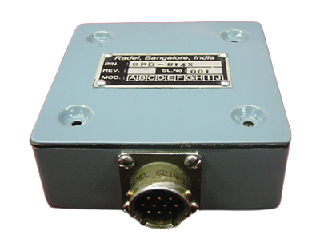
Speed Switch
This LRU is used on the Dornier-228 aircraft and forms part of the engine starting sequence controller. Radel has indigenized the unit using a state of the art microcontroller to yield a Form, Fit and Function equivalent unit to the OEM part. The operation of the indigenised unit has been successfully tested on the Test Bench.
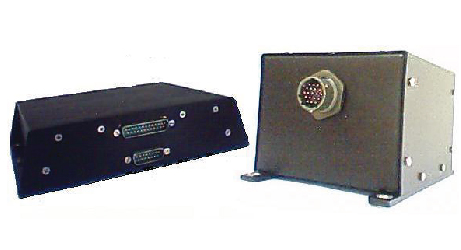
Voice Warning System
Radel has developed an indigenous Voice Warning System for use on aircraft. The microcontroller based system generates pre-recorded voice messages on receipt of corresponding discrete failure triggers from transducers on the aircraft. The unit is capable of being tailored to suit a variety of aircraft.
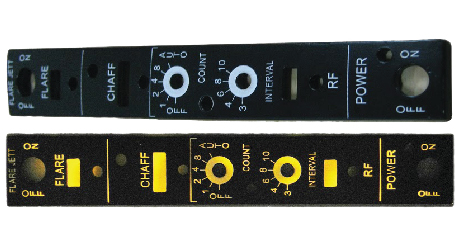
Edge Lighting Panel
Radel has indigenously developed many edge-lit display panel forming part of Cockpit Control Units fitted in IAF aircraft. The panel provides an illuminated front panel for identification of various controls on the Control Unit. Radel has developed the panel using LEDs to provide a Form, Fit and Function equivalent of the OEM panel. The panels have been qualified and certified to airworthy requirements.
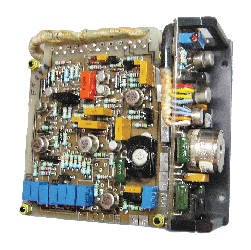
Repair of electronic modules and LRUs
Radel possesses the expertise to provide optimal cost solutions to obsolescence issues by either finding suitable replacements for discrete devices or a redesign of a part of the LRU. This has been demonstrated in the repairs of many airborne electronic modules of various systems such as Stall Warning, Engine controls, fuel monitoring system, etc. of various aircraft, resulting in cost effective solutions for obsolescence issues.
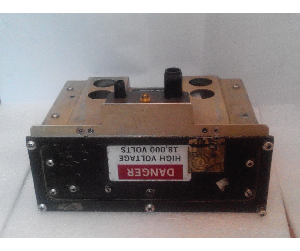
High Voltage Power Supply
Indigenous high voltage module designed and developed for the Indian Navy. It generates 18 KV and 4 KV DC supplies for CRT display on the the Seaking Helicopter.
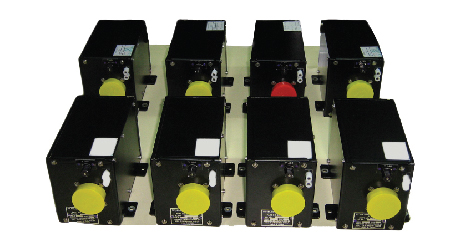
Subcontract Manufacture of Generator Control Protection Unit
Radel undertakes production orders under subcontract from various clients. Radel executed serial production of the GCPU of the ALH Dhruv Helicopters on a sub-contract order from HAL, Lucknow Divn.
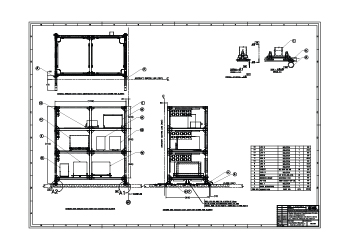
Installation Design
Radel undertook outsourced design projects from Hindustan Aeronautics Ltd. for the installation of LRUs and other equipment on the Light Combat Aircraft and the Advanced Light Helicopter. The projects, executed using CATIA V5 and AutoCAD, involved design of secondary structure and integration with the primary structure of the aircraft.
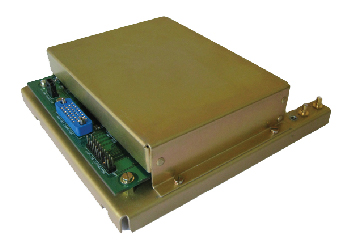
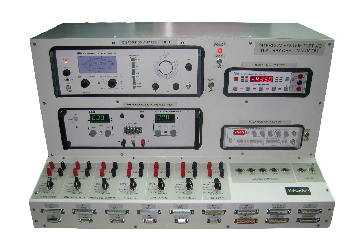
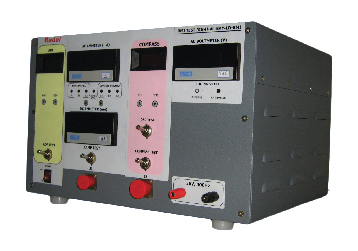
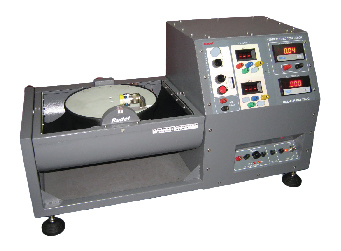
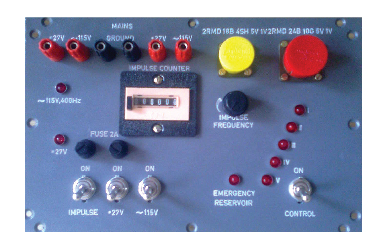
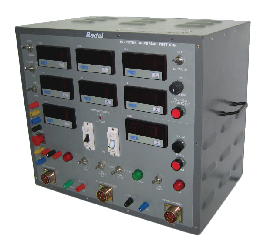
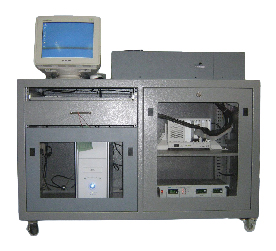

 Radel Advanced Technology Pvt. Ltd.
Radel Advanced Technology Pvt. Ltd.